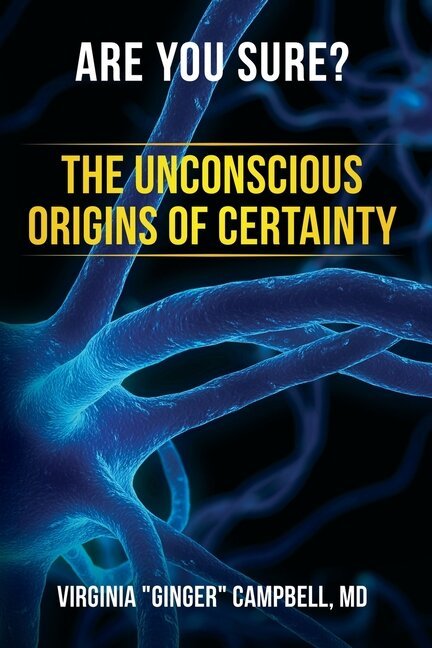Edward Taub, PhD, pioneer of Constraint-Induced Movement Therapy
Episode 28 of the Brain Science Podcast is an interview with Dr. Edward Taub, who for the last 20+ years has been pioneering the use of Constraint-Induced Movement Therapy in the rehabilitation of stroke and other neurological disabilities. I have talked about his work in previous episodes (including Episode 10 and Episode 26) as an important example of the practical implications of brain plasticity.
In this interview, Dr. Taub shares his personal experiences in the front lines of clinical research, including both its rewards and frustrations. He also explains the basics of how constraint-induced therapy (CI Therapy) works and how his work is being expanded to help patients with a wide variety of problems including cerebral palsy, head trauma, multiple sclerosis, and focal hand dystonia.
How to get this episode:
Premium Subscribers now have unlimited access to all old episodes and transcripts.
Buy mp3 for $1.
Buy Transcript for $1.
New episodes of the Brain Science Podcast are always FREE. All episodes posted after January 1, 2013, are free. See the individual show notes for links the audio files.












